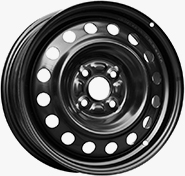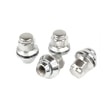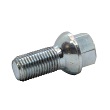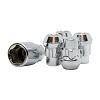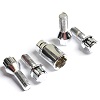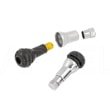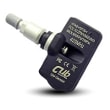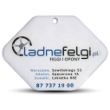ADAC tests. What to consider when choosing tires?
Every year, many of us face the challenge of choosing summer or winter tires. How do we make the right choice? Where can we get objective information? What to consider when choosing a tire brand and model? In this article, we'll try to answer these questions: whose declarations should we trust and who is simply looking out for their own interests?
The first place we visit to consult about choosing tires is still a tire shop. There, we might encounter an employee, not necessarily a "specialist." Many of us, even in the internet age, still trust direct, face-to-face contact more than computers. Is this a good idea? Not necessarily. Remember, these people run businesses and their primary goal is simply profit. They'll recommend tires they have in stock.
So who to believe?
This is where the aforementioned internet comes in handy. There are many sites where we can obtain objective opinions and read articles about tire tests. Tests are conducted, among others, by the most popular magazine in Poland, AUTO ŚWIAT. The most important source of objective information is the largest German automobile club in Europe, ADAC. Now it's more of an organization, a company, conducting, among other things, tests on a global scale.
ADAC - Allgemeiner Deutscher Automobil-Club
The Automobile Club has over 18 million members, making it the second largest in the world. Its origins date back to 1903. ADAC independently and professionally conducts tests of summer, winter, and all-season tires. This ensures its results are widely accepted and respected. ADAC conducts tests according to the following criteria, evaluates them, and makes a final assessment. Summer tires, as previously practiced, were assessed on five parameters, while winter tires were assessed on seven. For SUV tire tests, traction on grass was also assessed. Each tire can achieve a rating on a scale of 1.5 to 5.5.
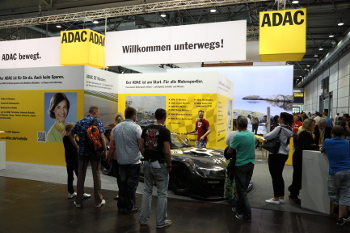
For the 2014/2015 winter season, the ADAC club has established the criteria and their priority as follows:
- behavior on dry surfaces - 15%
- wet grip - 30%
- behavior on snow - 20%
- behavior on ice - 10%
- generated noise level - 5%
- impact on fuel consumption - 10%
- tread strength - 10%
In 2014, ADAC changed the way the final score is presented. Numerical values replaced verbal ratings: good, average, etc. To make the result more accurate, a partial score was also introduced.
- very good 5
- good 4
- sufficient 3
- mediocre 2
- insufficient 1
For example, ADAC used 14 sets of tires for testing size 175/65 R14 T tires. The Continental ContiWinterContact TS850 won, receiving a "good" rating.
- 2nd place - Dunlop SP Winter Response 2 - ocean good
- 3rd place - Michelin Alpin A4 - good rating
- 4th place - Firestone Winterhawk 3 - good
- 5th place - Esa + Tecar Super Grip 7+ - ocean sufficient
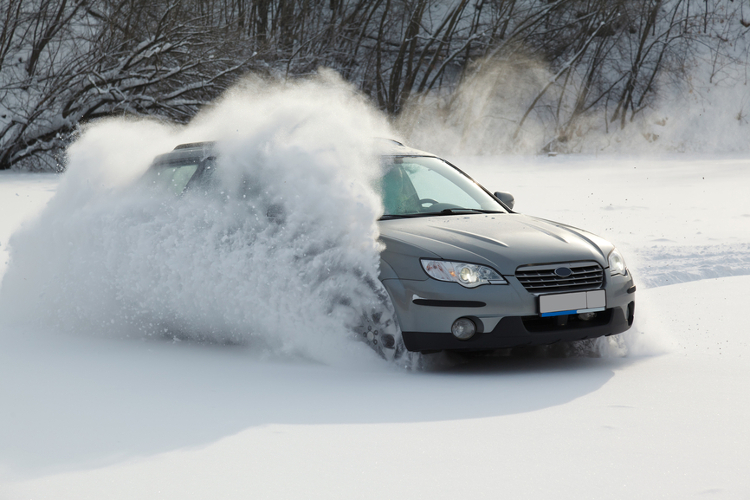
EU tire labels
The European Union also responded by introducing tire labels similar to those found on household appliances on November 1, 2012. These labels have three main categories, with a letter scale from A to G, where the first letter of the alphabet represents the best result and the decibel value.
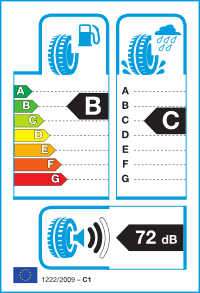
- the first category determines fuel economy, i.e. rolling resistance of the wheels,
- the second is wet grip,
- The third category is the noise level generated by the tread. It is indicated by a drawing of the tire and the speaker from which the sound waves are emitted. Next to it is a numerical value in decibels.
It's worth knowing that these stickers provide useful information, but they shouldn't be considered definitive. The measurements they contain are made by the manufacturers themselves , and the conditions under which they can be performed are defined by lawmakers with a wide margin of discretion. For example, the grip of summer tires on wet asphalt can be tested at temperatures ranging from 5 to 35 degrees Celsius, while in winter, it can range from 2 to 20 degrees Celsius. As you can easily see, the behavior of rubber compounds in such different conditions is completely different, which, let's be honest, can skew the results.
Choosing tires for specific conditions
Another issue worth considering and addressing is the driving conditions we'll be in. Do we mostly drive at high speeds on highways, or, on the contrary, only in the city for short distances like school, work, or the grocery store? The price range and selection of brands is vast, so in some cases, we don't have to overpay by opting for top-of-the-line tires. Everyone has varying degrees of experience behind the wheel and can assess factors such as the conditions and speeds at which they most frequently travel.
To sum up, it is worth approaching the purchase of tires calmly, not being influenced by stereotypes that well-known, mass-marketed, expensive brands are the best for all weather conditions and that's enough, because after reviewing various tests we will come to the conclusion that this is not the case at all.

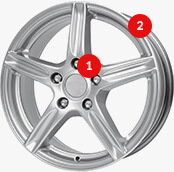

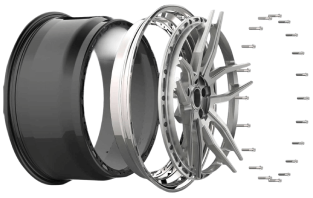
 Modern design
Modern design Perfect fit
Perfect fit High durability
High durability Free shipping within 24 hours
Free shipping within 24 hours
 Individual project
Individual project Dedicated caregiver
Dedicated caregiver